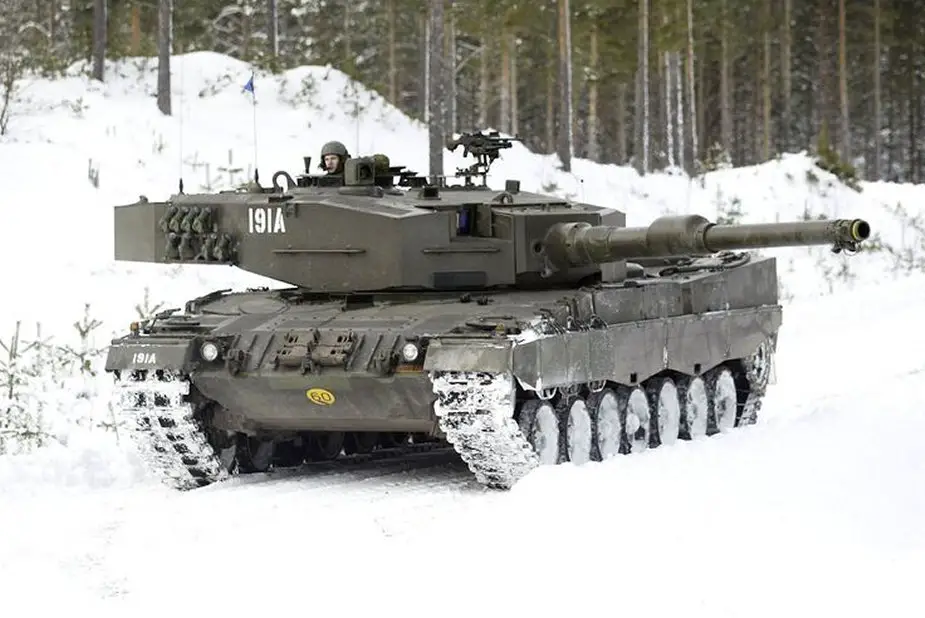The modernization project of the Leopard 2A4NO of the Norwegian Army seems abandoned. Norway would prefer the purchase of a new battle tank by 2025, reveals an annual report detailing the defense acquisitions of the country for the next eight years.

Leopard 2A4NO (Picture source: Norwegian MoD)
Formally abandoned last June, the 5050 Leopard 2 Upgrades Project concerning the some 30 units still operational among the 52 in the park, has not been followed by any decision on the future of this component, Nathan Gain reports on ForcesOperations. The only certainty is that a reduced armored capacity would be maintained until 2025, by which time Oslo should choose between acquiring a new tank or an interim solution. In the meantime, the Norwegian Defense would release from 7 to 20 M € by 2024 to preserve its tank fleet.
Nine months later, the first option seems to dominate: the Norwegian army will maintain three mechanized battalions, all equipped with a modern battle tank. A conceptual study is underway to assess, among other things, the number of vehicles required and their capabilities, says the Norwegian Defense.
Barely mentioned in 2018, this project has a budget between 400 and 800 M €. The date of implementation is set at 2025, enough to give continuity to the choice of a Leopard 2 of the latest generation. This solution is reinforced by the project to develop a new programmable fuze for the 120 mm shell and the replacement of the Leguan bridge-layer tanks with a more modern system mounted on Leopard 2 chassis.
So, will the Norwegian army buy a new tank or not? The ground force remains the least well served in terms of investment by component, with 21% of total planned finances. The acquisition of Lockheed F-35 “Lightning II” fighters, submarines and a maritime patrol aircraft is a priority. Reductions in some projects offer the opportunity to invest in new modern and vital systems, says the report quoted above. Reductions that the document obviously does not detail and that will be subject to other budgetary uncertainties concerning land investments.














